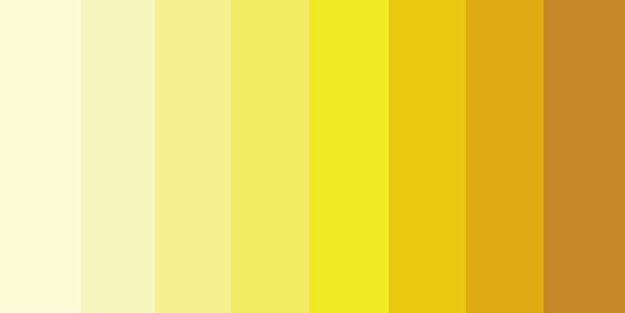We all do it, and we all know that we all do it.
However, seeing as we so rarely talk about it, little public attention is put towards the many beneficial uses of urine, but, in fact, urine has a long history of both artistic, medical, biological and industrial usage. The Pis’ Project is a large public project, that explores urine in a broad cultural and contextual sense.
One of the seminal works of the 20th century is a urinal. A urinal on a pedestal at that. Since Marcel Duchamp's Fountain was revealed in 1917, urine has become an increasingly common theme and media within art, playing up the cultural taboos and negative connotations that the bodily fluid still brings with it.
But it's not just within art, the subject of urine has gained interest. As a source of water, nitrates, phosphate and potassium, people around the world are beginning to appreciate and acknowledge the many positive traits and usages of urine. While we in the West primarily are interested in saving water and energy, and avoiding synthetic nutrients in food and (urban) agriculture, the less developed countries see it as a possible source of drinking water. Generally speaking, research into the usages of urine connects with major social issues such as climate change and water and resource scarcity.
The Pis’ project consisted of a variety of offers and events; two exhibitions, as well as a series of workshops and presentations. The project played in with Mediamatic's on-going Aquaponics-program, as the nutrients found in human urine are not so different from the nutrients the fish in Aquaponics supply the water that nourishes the plants around them.
Throughout the duration of the project, the Pis’blog approached urine from different cultural angles as well as emphasized the many inherent, positive traits and uses of urine, showing that urine is human waste not to be wasted.
